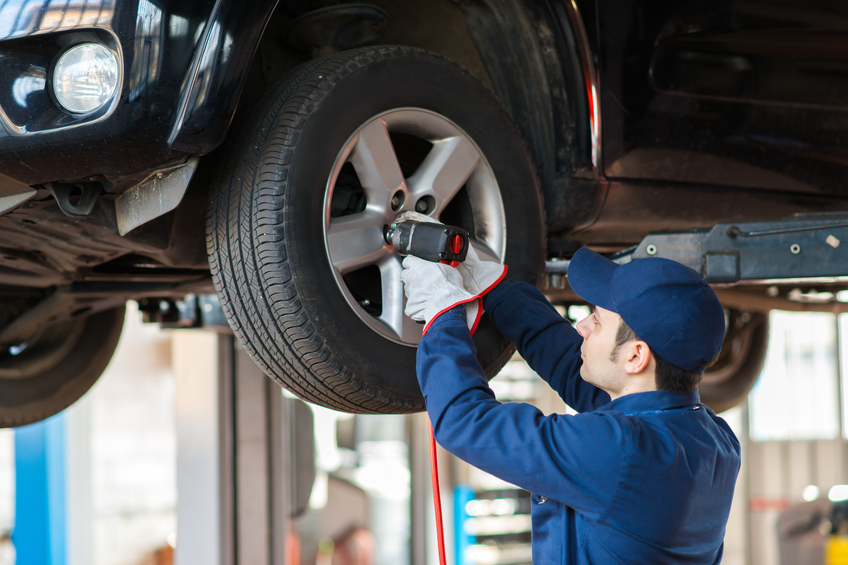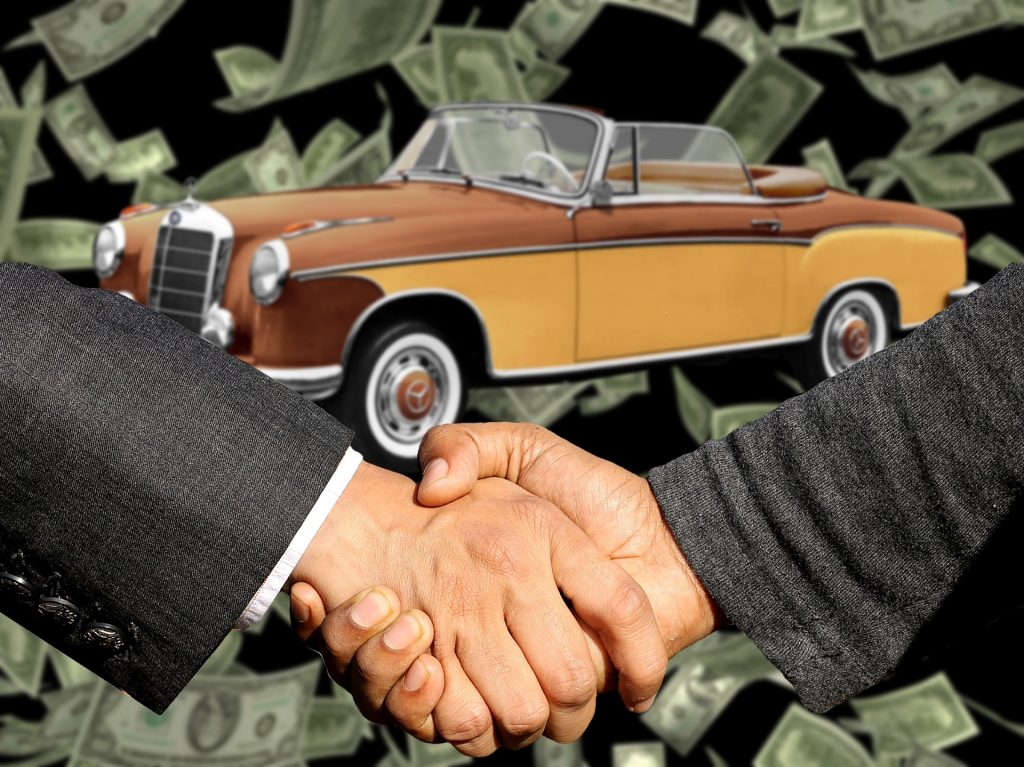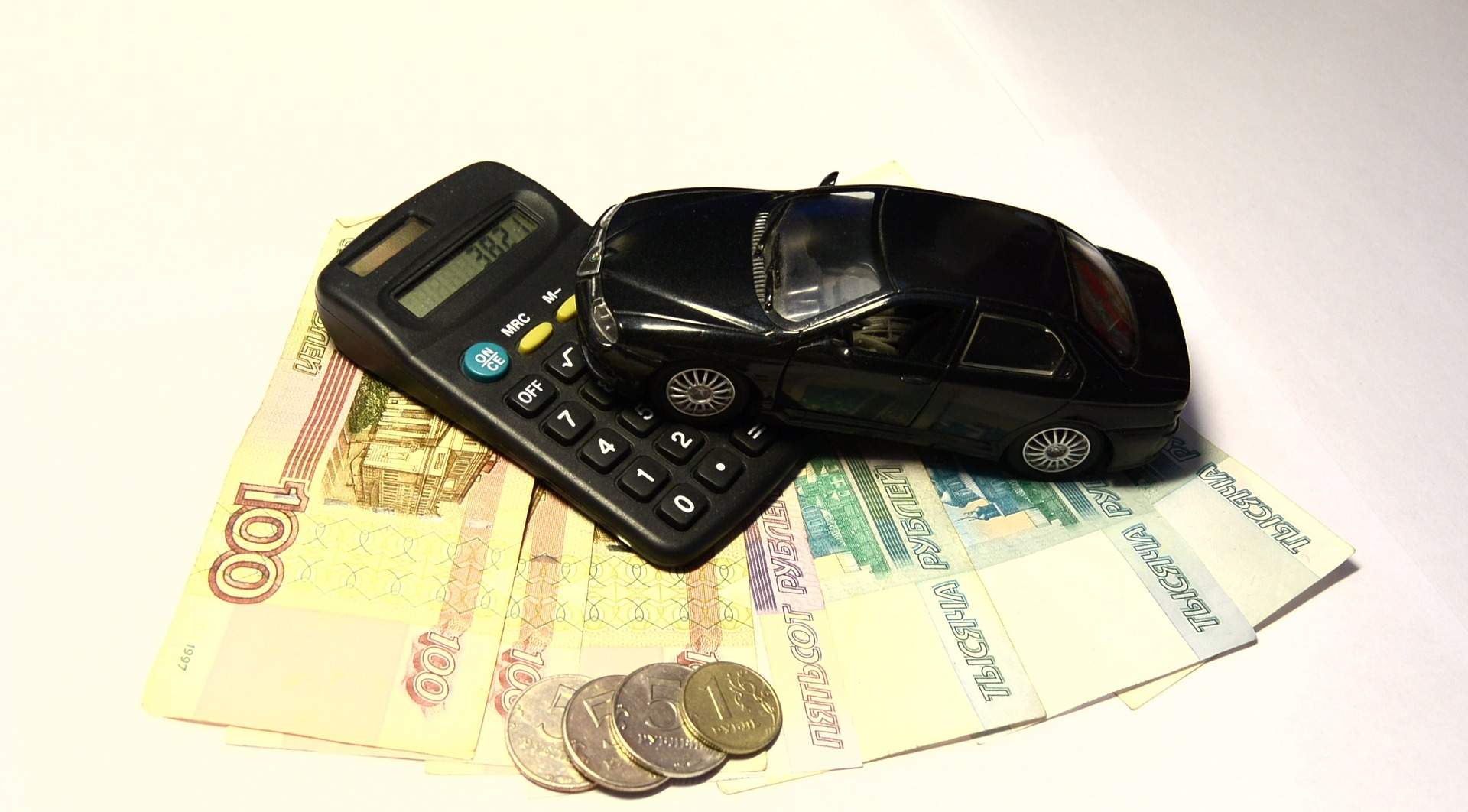Key Summary
- How to look for early signs?
- Technically detecting the worn wheel bearings
- Failure of wheel bearing
- Preventing wheel bearing for future perspectives
For those who do not know, even with the help of drum brakes, it is the role of wheel bearings to maintain the concentricity of the drum including the shoes of brakes. As soon as the axle moves the brakes will drag and the lubricant from the axle will start leaking and seals onto the shoes of break/brake shoes.
Why do we need wheel bearings?
As soon as the bearing race starts to develop small pits and holes because they are made of case-hardened metal, it becomes fatigued and the bearings start flaking away from the soft metal base. It well torches into sitting effect on the race of bearing and start making weird loud growling noises because the bearing will start becoming worse.
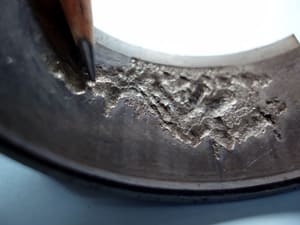
How to detect the worn wheel bearing?
As the modern front and all-wheel drive axles and sealed bearings are developed in a pit on the outer race. It only makes noises under certain situations and as we all know that there generally we are only from the load-bearing side so as soon the vehicle is taken on a lift the bearing will start rolling on the non-load-bearing side to excluding maximum rotating noises.

Who would have thought that the wheel bearings who are worn can also have some positive side effects which are that they have more and play then our normal wheels do. And hence we can easily detect the excessive and the play by grabbing the wheels in a 6 and 12 o’clock position tipping it forcefully from both sides.
Pro tip: Start rocking your vehicle from side to side at very low speed with the help of steering wheel this will eventually increase the load on the bearings and hence the pitted bearings will become rougher, start making noise than usual. It is best recommended when the vehicle is warm which is usually in the parking area or traffic light situations.
There are some early warning signs of the wheel bearing problem:
- When the tire is abnormally for unevenly wear from one side of the wheel
- The braking power is decreased
- The wheel is locked or skidding
- If heavy or moderate braking is applied it tends to pull in one side
- The hub cup of the wheel is too hard to even touch
What causes the wheel bearing? Or potential causes of bearing failure.
- The lubrication is inadequate or of poor quality: The situation of the workshops can cause this condition if it is dirty or contaminated which can even spoil the lubrication of the vehicle. So always ensure that the parts are washed or blown down before assembling.
- If there is too much pressure or excessive force and overloading it can cause problems
- Mechanical defects: Usually, a faulty bearing is caused due to the mechanical failure
- If end play is excessive it can create problems in the adjustment of bearings
- Pre-load caused due to the axle nut being too tight
We do not take chances in considering how important wheel bearings areas they provide the basic, essential functions in our cars and if signs are ignored then it would stop rolling very quickly in some time. Being aware and actually looking out for the signs is different. In order to avoid driving continuously with the bad wheel bearing and of course, preventing additional, excessive, and massive damage to other suspension components also. We at our service center are here to serve you. So let’s start by understanding how will bearing work, signs of worn wheel bearings, and much more.
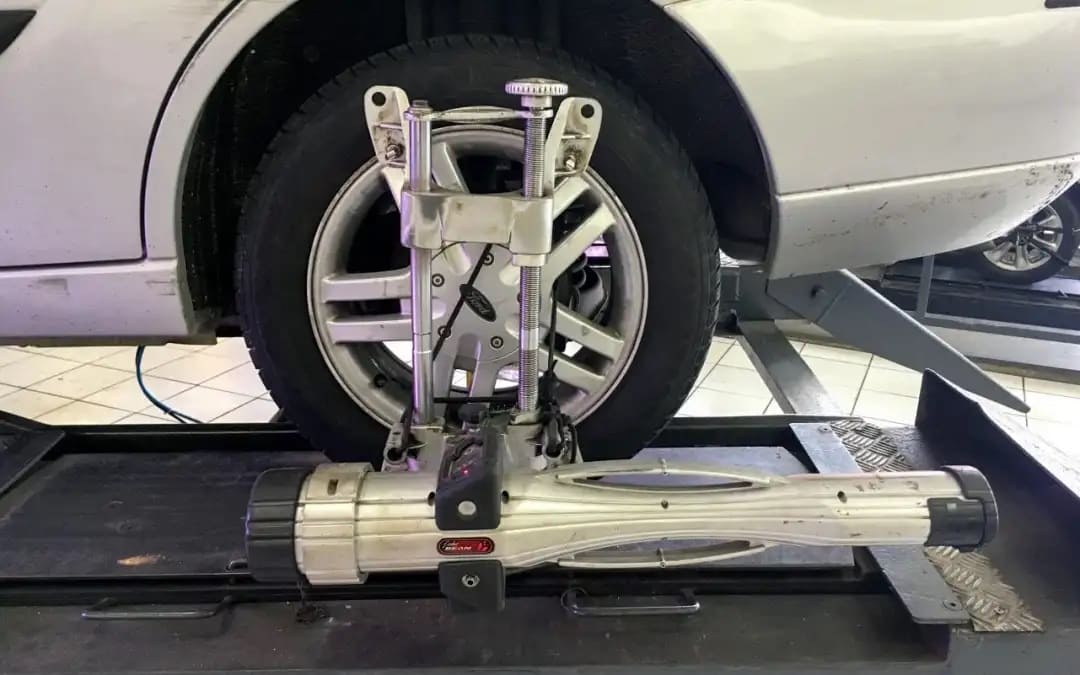
If the bearings of cars are open or shielded then the wheel bearing re-pack will help in removing them where individual parts flushed out and replaced with fresh clean lubricating grease. The sealed bearings usually require periodic inspection for poor or unusual bearing operations but it is good to take them on the regular check after at least every 30,000 miles.
